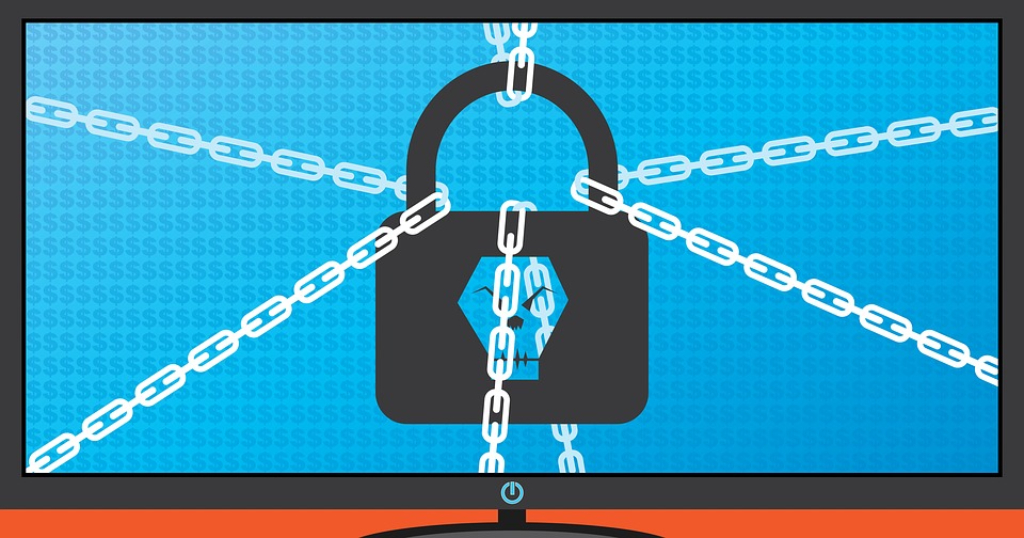The global leader in next-gen cybersecurity Sophos recently released its State of Ransomware 2022 report. It shows that 66% of organizations surveyed were hit with ransomware in 2021, up from 37% in 2020. It also summarizes the impact of ransomware on 5,600 mid-sized organizations in 31 countries across Europe, the Americas, Asia-Pacific, Central Asia, the Middle East, and Africa, with 965 sharing details of ransomware payments.

The average ransom paid by organizations increased nearly five times to reach USD 812,360, with a three times increase in the proportion of organizations paying a ransom of USD 1 million or more. In addition, 46% of the organizations that had data encrypted paid the ransom to get their data back, even if they had other means of data recovery, such as backups.
“Alongside the escalating payments, the survey shows that the proportion of victims paying up also continues to increase, even when they may have other options available,” said Chester Wisniewski, a principal research scientist at Sophos. “There could be several reasons for this, including incomplete backups or the desire to prevent stolen data from appearing on a public leak site. In the aftermath of a ransomware attack, there is often intense pressure to get back up and running as soon as possible. Restoring encrypted data using backups can be a difficult and time-consuming process, so it can be tempting to think that paying a ransom for a decryption key is a faster option. It’s also an option fraught with risk. Organizations don’t know what the attackers might have done, such as adding backdoors, copying passwords, and more. If organizations don’t thoroughly clean up the recovered data, they’ll end up with all that potentially toxic material in their network and potentially exposed to a repeat attack.”
Main Findings
- Ransom payments are higher – 11% of organizations in 2021 said they paid ransoms of USD 1 million or more, up from 4% in 2020, while organizations paying less than $10,000 dropped to 21% from 34% in 2020
- More victims are paying the ransom – In 2021, 46% of organizations that had data encrypted in a ransomware attack paid the ransom. 26% were able to restore encrypted data using backups and also paid the ransom
- The impact can be immense –The average cost to recover from the most recent ransomware attack in 2021 was USD 1.4 million. It took an average of one month to recover. 90% of organizations said the attack had impacted their ability to operate, and 86% of private-sector victims said they had lost business and/or revenue because of the attack
- Many organizations rely on cyber insurance – 83% of mid-sized organizations had cyber insurance that covers them in the event of a ransomware attack – and, in 98% of incidents, the insurer paid some or all the costs incurred (with 40% overall covering the ransom payment)
- 94% of those with cyber insurance said that their experience of getting it has changed over the last 12 months, with higher demands for cybersecurity measures, more complex or expensive policies, and fewer organizations offering insurance protection
“The findings suggest we may have reached a peak in the evolutionary journey of ransomware, where attackers’ greed for ever higher ransom payments is colliding head-on with a hardening of the cyber insurance market as insurers increasingly seek to reduce their ransomware risk and exposure,” said Wisniewski. “In recent years, it has become increasingly easy for cybercriminals to deploy ransomware, with almost everything available as-a-service. Second, many cyber insurance providers have covered a wide range of ransomware recovery costs, including the ransom, likely contributing to ever higher ransom demands. However, the results indicate that cyber insurance is getting tougher and in the future ransomware victims may become less willing or less able to pay sky-high ransoms. Sadly, this is unlikely to reduce the overall risk of a ransomware attack. Ransomware attacks are not as resource intensive as some other, more hand-crafted cyberattacks, so any return is a return worth grabbing and cybercriminals will continue to go after the low hanging fruit.”
Best Practices
- Install and maintain high-quality defenses, review security controls regularly, and ensure they meet the organization’s needs
- Proactively hunt for threats – if the in-house team lacks the time or skills, outsource a Managed Detection and Response (MDR) specialist
- Search and close key security gaps: unpatched devices, unprotected machines, open RDP ports, etc. Use Extended Detection and Response (XDR) solutions
- Prepare for the worst. Know what to do if a cyber incident occurs and keep the plan updated
- Make backups and practice restoring to make them up and running as soon as possible, with minimum disruption, when a ransomware attack happens
The State of Ransomware 2022 survey covers ransomware incidents and experiences during 2021. The survey was conducted by Vanson Bourne, an independent specialist in market research, in January and February 2022. The survey interviewed 5,600 IT decision-makers in 31 countries, the US, Canada, Brazil, Chile, Colombia, Mexico, Austria, France, Germany, Hungary, the UK, Italy, the Netherlands, Belgium, Spain, Sweden, Switzerland, Poland, the Czech Republic, Turkey, Israel, UAE, Saudi Arabia, India, Nigeria, South Africa, Australia, Japan, Singapore, Malaysia, and the Philippines. All respondents were from mid-sized organizations with between 100 and 5,000 employees.

























Leave a Reply